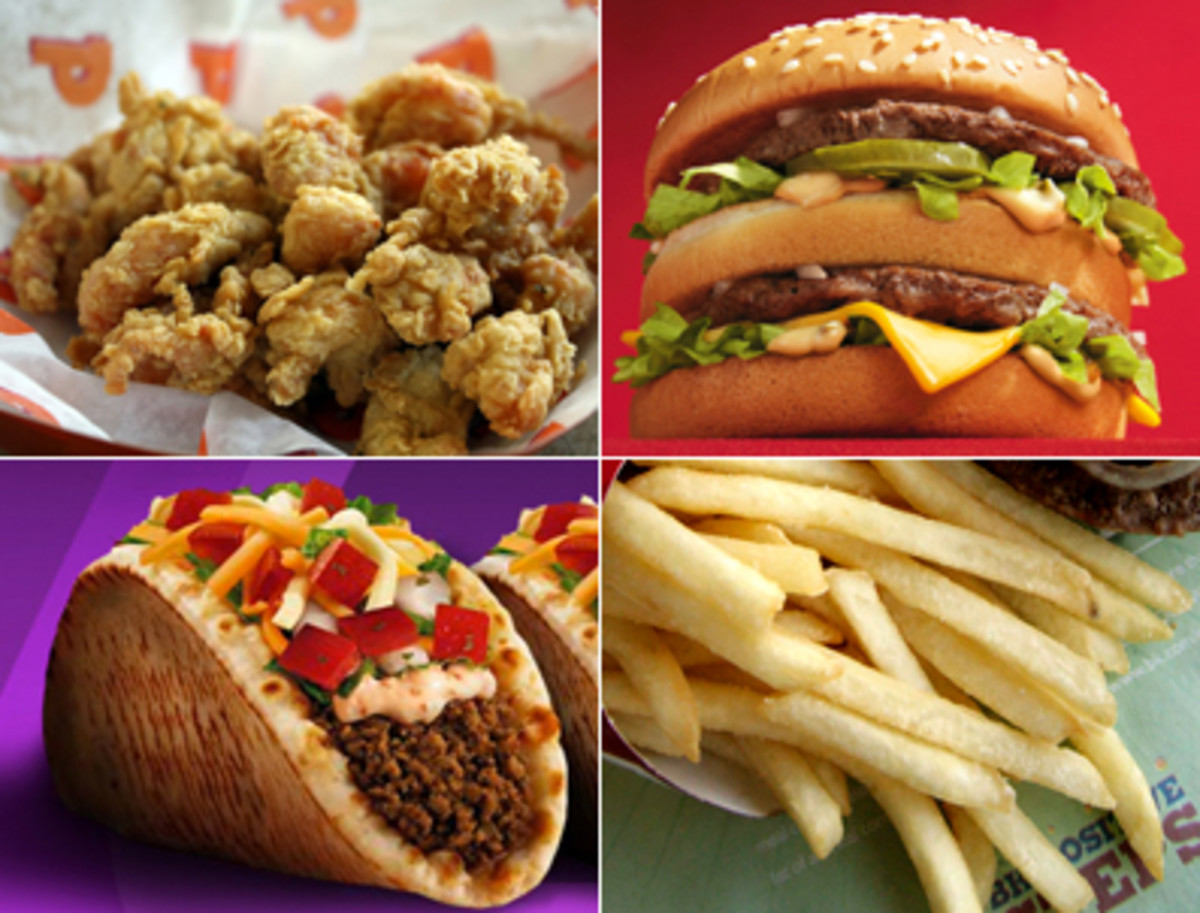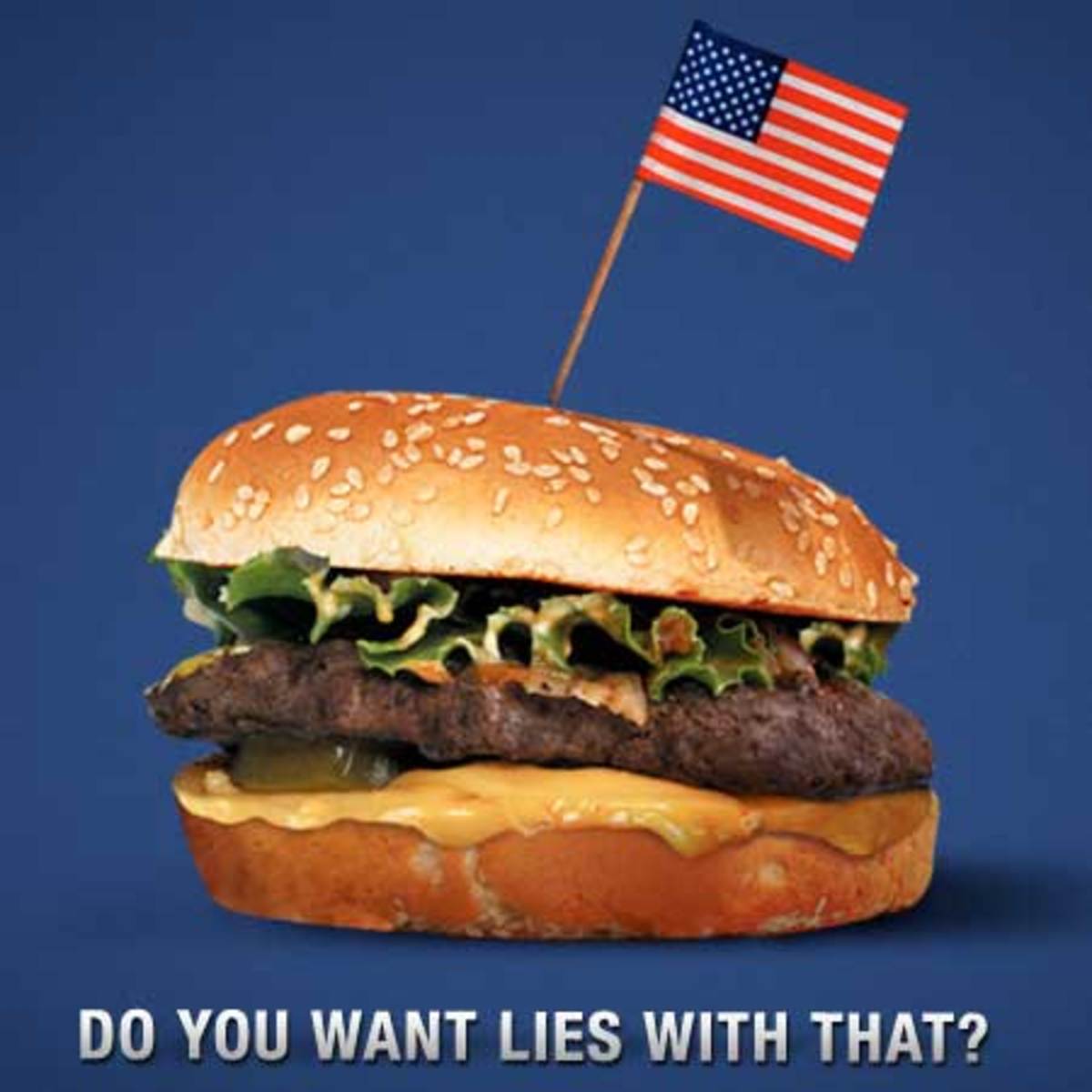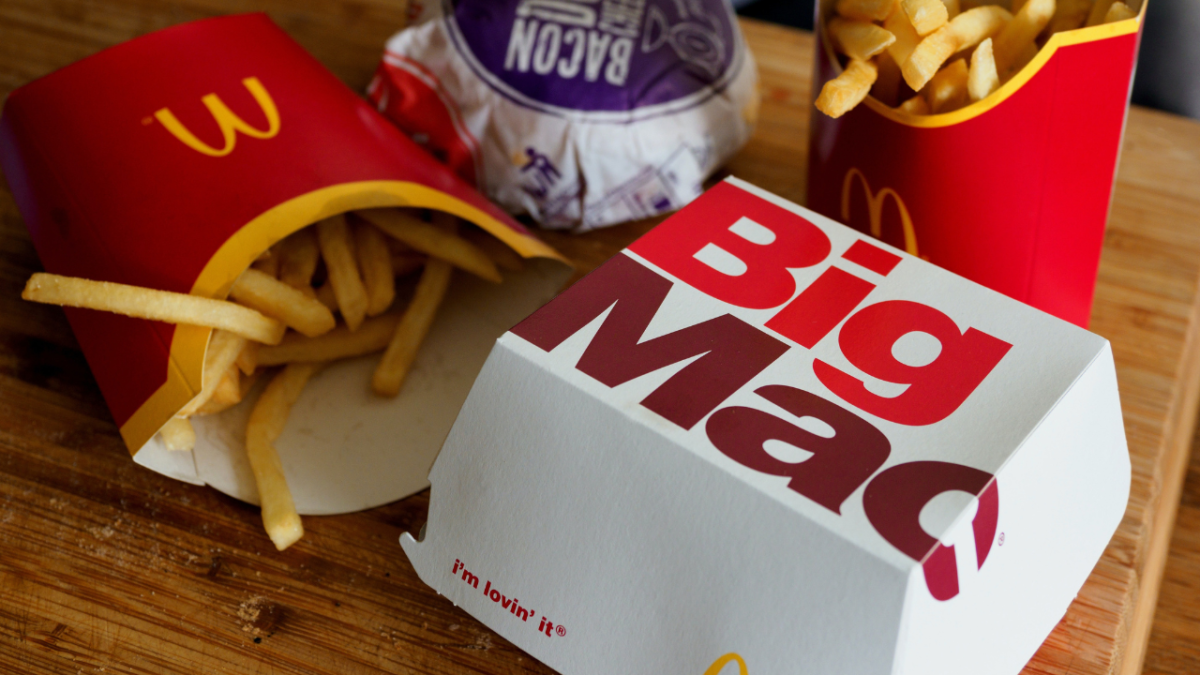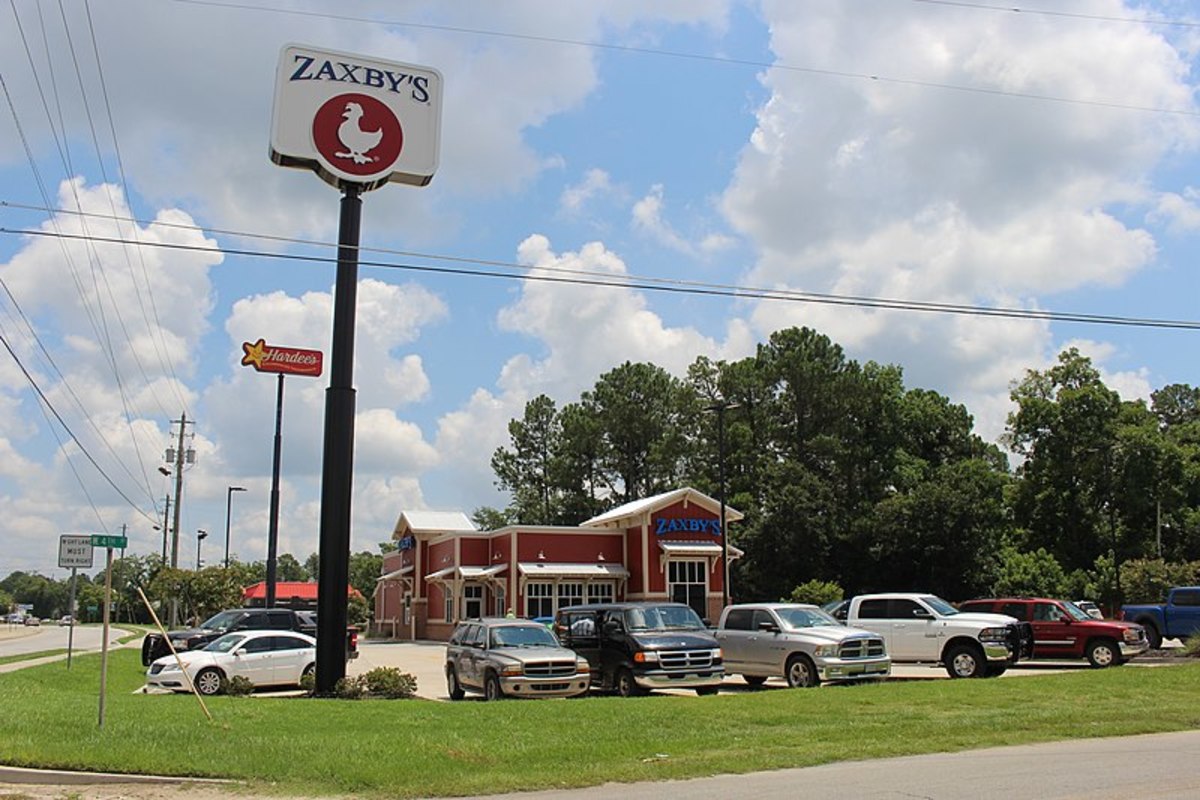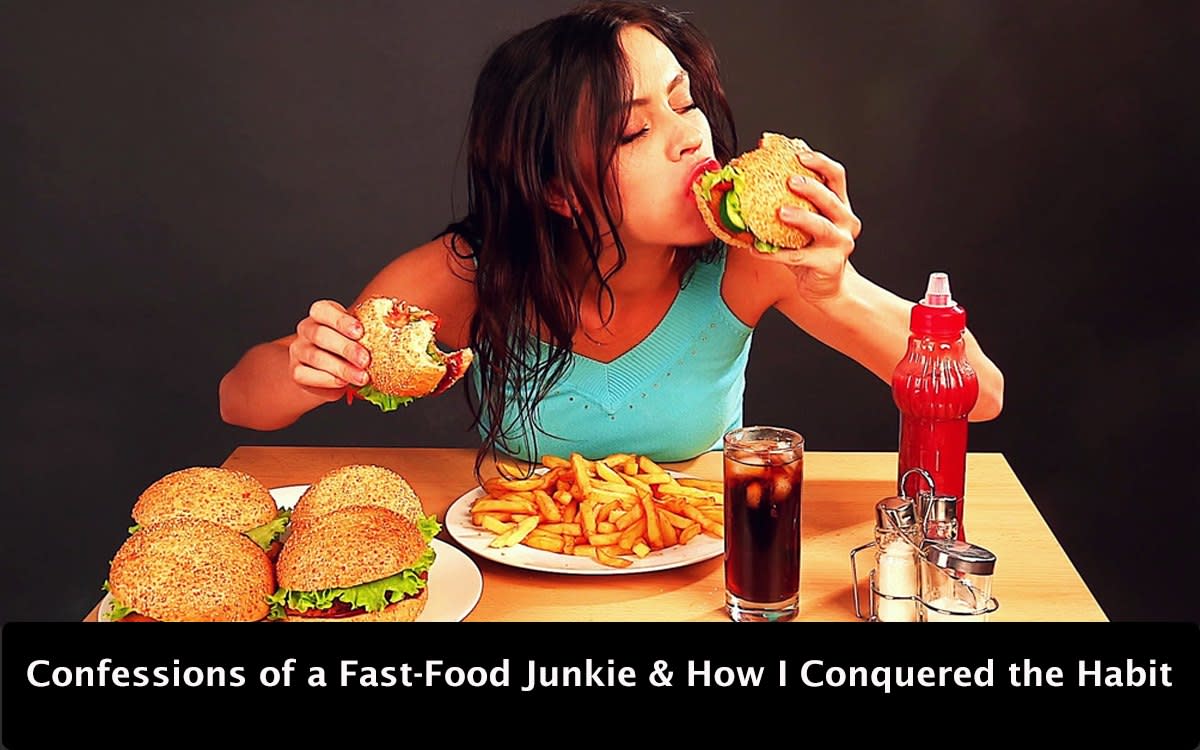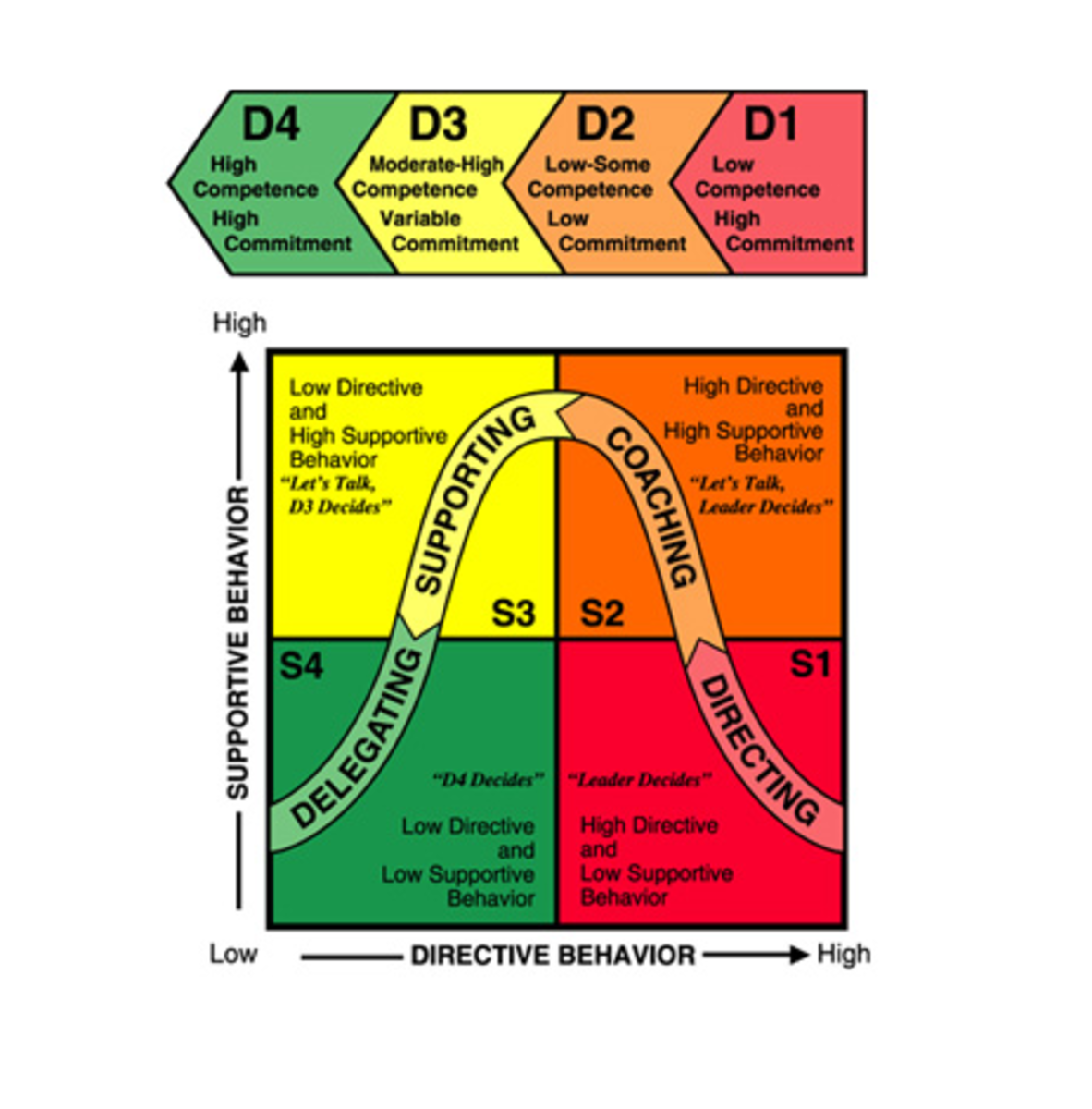Consumerism: Who Really Owns The "Family Oriented" Fast Food and Restaurant Chains In America? [271*1]
The Fast Food Business Is Part of American Culture
I WAS READING A NOVEMBER 2013 HARPER'S ARTICLE (today is August 2015) by Thomas Frank in his Easy Chair column titled Home of the Whopper. No, it is not about Burger King, although they are part of the story. I think "Whopper" refers to the wool these large, mysterious companies are pulling over our collective eyes to make us believe one thing about them while the opposite is actually true.
Mr. Frank was reporting on the "fast food" strike that swept the country. At the time, it didn't seem to go anywhere as I recall. But, in hindsight, it sparked a large movement to more livable wages for the bottom end of the pay scale. But that is not the point of this Hub. This Hub is explore the change in consumer expectations, the dehumanization of the consumer and the employee, and an increasing level of consumer tolerance of the headlong movement to a "standardized" society; all done in the name of profit.
Not only did Frank support the goal of the strike he also dug into why the pitiful wages are the way they are and what has happened to our food industry. He starts off with what was to me a very powerful visualization. Frank was travelling between two freeways on Hillsborough Road in North Carolina. What struck him was it was a no-man's land of fast food joints, Wendy's, Hardee's, McDonald's, Waffle House, and the like -- for two miles, box after box after sterile box.
And the streets were empty, meaning no pedestrians walking up or down ... except Thomas Frank noticing the flotsam and jetsam of partial abandonment; empty cups, empty vodka bottles. broken Motel 6 signs. But no one notices, they aren't supposed to notice; instead, they look through their windshields (Frank's image) at the array of brightly outfitted food establishments and similar stores.
The point he is making is this:
"The modular construction, the application of assembly-line techniques to food service, the twin-basket fryers and bulk condiment dispensers, even the clever plastic lids on the coffee cups, with the fold-back sip tabs; these were all triumphs of human ingenuity. You had to admire them."
This statement begins the central theme to his article; that this kowtowing to efficiency is destructive and is ruining our way of life.
Another Way Corporate America Is Dumbing-Down Its Consumers and Workforce
AUTOMATION IS OFTEN USED AS A THREAT to prevent unionization. Frank points out that in response to the fast-food strike, the industry attack dog, Rick Berman, published a full-page infotisment in the Wall Street Journal proclaiming these protesters (which is really what it was, and not a strike) "aren't a battle against management" but a "battle against technology"; he then displays a picture of a Japanese kitchen robot ... implying that if you push too hard for "super-sized wages", e.g., $10.10/hr, this is the future you can expect; being replaced by a robot. Of course Berman missed the real point of the protests - the desire to be paid a wage large enough so they don't have to apply for food stamps or occasionally afford the food they are serving.
But that is not the real thrust of Frank's essay. Instead, the idea he puts forward, which was a bit of an epiphany for me, is that the food industry has gone a very long way toward making their part of the world much like the world in The Truman Show, where Jim Carrey's character Truman Burbank grows up and lives in a fake world created by a reality TV show; nothing in Truman's world was real. It is no different, any more, on fast-food row.
Deep in the recesses of corporate governance are men and women dedicated to the proposition of standardizing, automating, and making artificial the whole process of procuring, delivering, preparing, and serving food in the most efficient way possible that doesn't waste a dime. From the cheery box store on the outside to an advertising laden plastic interior that is designed to herd their customers in and out as fast as possible. Just like in a casino, the profit is in how fast you can get the money out of the customer's hands and into the till. And, it is all done in a way such that the customer doesn't notice.
Likewise, the effort that has gone into "de-skilling" labor requirements is awe inspiring. When I worked at McDonald's in high school, I lugged 100 lb sacks of potatoes up from the basement to wash, put through the peeling machine, put each freshly-peeled potato, one-at-a-time, into the manually operated slicer in order to make the french fry. From there, it is much like today in that you put the fries into their baskets to have ready to cook when the supply ran low; that was 1963 and they were the best tasting fries I ever had, In 1969, when I worked at another McDonalds during college, gone were the sacks of potatoes and in was a massive interior freezer to hold the boxes of frozen potatoes already cut up into fries. There is no question this method is much more efficient in terms of labor and cost; but that came at a price - taste; the resulting french fry simply did not taste as good. But, over time, nobody noticed anymore, even me since I still think the McDonald fry is the best out there since 1969.
The cooking was much more personalized and actually required some skill to cook a good burger (which came in frozen patties even in 1963). Ditto with the fries, timing was everything. No longer. While there are still cooks in the back, the process has been so standardized, no real skill is required. In fact, I think the toughest job at a fast food joint today is taking the orders; I think that takes a special kind of talent to do it effectively, meaning few mistakes, and with a smile on your face.
Where Frank is going with this is to assert that the whole process has been honed and deskilled so much that the employees are interchangeable, like parts on a machine, requiring very little training. Consequently, the need to pay for skilled labor vanishes for the most part and with it, any need to pay a living wage; these are throw-away people after all.
While it wasn't quite that bad in my days at McDonald's, it wasn't too long in coming. It was OK if I lost a job, I was young and could find another, so were my peers. This was true in both 1963 and 1969; for the most part, employees would not be devastated if we lost our job; besides, we were paid more back then and we could actually save money because we didn't have a lot expenses. Not so today.
Today, the employees are older folk, say 30 - 65 who have to work at these low paying jobs to survive; which of course is extremely difficult since they get paid less than I did and, until a year or two ago, finding alternative work was not an option. The Right's arguments that 1) these are entry level jobs and 2) if these people, all 8 million of them, simply found a better paying job, or, as some have suggested, ask for a raise are false on their face, but, they do make powerful sound bites and bumper stickers to the unthinking. It is this simple-mindedness that makes it ok to blame the poor for their own predicament and to believe they ALL (to listen to the Right) like it that way. (Why back in the day, the Right made a successful argument that slavery was good for the blacks and they liked it!! No, I am not kidding, they really did and many people bought into it.)
HAMBURGER MAKER'S HOME
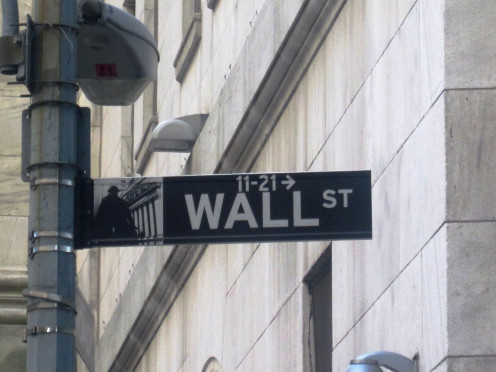
There Really Is No Food Industry, Just Private Equity Firms
WHEN YOU SEE A BURGER KING, DO YOU WONDER who is really behind the throne? I doubt it is who you think. How about Ronald McDonald University, who concocted that idea? Would you believe the same financial types that helped bring you the Great Recession of 2008. Well, it was Franks recitation of who owns what that got me thinking about writing this Hub. I will pass his information on to you.
The Genealogy Of Fast-Food Restaurants:
Remember, all of these institutions were started by an entrepreneur with the idea of providing a unique and useful service filling a niche in the restaurant market - fast food. They were personable, friendly, and service oriented. What happened?
- Began life in 1953 in Jacksonville, FL as Insta-Burger King.
- In 1954, faltering, it was acquired by its Miami-based franchisee who restructured it.
- In 1967, the greatly expanded and successful company was acquired by Pillsbury Company
- In 1989, after Pillsbury's expansion into the fast-food industry failed, a British entertainment conglomerate called Grand Metropolitan
- The Frank story picks up with Diageo, a liquor multinational, succeeding Grand Metropolitan in 1997; they quickly drove Burger King into the ground
- In 2002, a consortium of financial institutions purchased Burger King. You might recognize some of these fast-food experts: Goldman Sachs and Bain Capital (yes, of Romney fame). They took Burger King public in 2006 and did remarkably well until other parts of the owners decided it was time to have a recession in 2009 and Burger Kings stock collapsed
- This led to the sale in 2010 to a Brazilian investment firm, 3G Capital.
- 2011 saw 3G, who now filled the CEO position with their own, partnered with a British venture capital firm Justice Holdings in order to take the company public, yet again
- Finally, in 2014, in order to get a better tax program, Burger King was merged with the Canadian restaurant chain Tim Horton's and its headquarters moved to Canada; this is called "tax inversion".
- McDonald's was born as "Airdrome" in Monrovia, CA in 1937; it was a car-hop hot dog stand, which sold 10¢ ($1.70 2015$) hamburgers and 5¢ all-you-can-drink orange juice, started by the father, Patrick, of Richard and Maurice McDonald. (A cheeseburger at a nearby McDonald's costs $1.00)
- In 1940, the McDonald brothers moved (literally) the operation, building and all, to San Bernardino, CA and called it McDonald's Bar-B-Q
- By 1948, they realized hamburgers and fries were more profitable. Therefore, they remodeled their building, dumped the car-hop and began their first attempt at assembly line preparation and self-service (in 1960, the service moved indoors with limited seating); it was renamed simply McDonald's.
- The McDonald's brothers were reluctant to take their successful business nationwide. So, in 1954, the guy who sold them their milkshake machines, Ray Kroc, had a much greater vision and bought the rights to take the McDonald's concept nationwide; everywhere except where the brothers already had their operations.
- Ray Kroc was one of those rare entrepreneurs who cared about his customers and community. As a result, in 1974, he started Ronald McDonald House.
- Unlike most of its competitors, McDonald's has remained true to its roots although it also has travelled the path of standardizing, mechanizing, deskilling, and depersonalizing its product and its brand.
- Founded in Charlotte, NC in 1977 by Jack Fulk and Richard Thomas
- Sold to Horn & Hardart Company, a now defunct New York company in 1988
- In 1990, Horn & Hardart sold to Sienna Partners and Interwest Partner
- Bojangles was then sold to Falfurrias Capital Partners, a private equity firm in 2007 and then to Boston-based Advent International, another private equity firm, in 2011.
CONGLOMERATES:
- SUN CAPITAL PARTNERS owns: Friendly's, Captain D's, Johnny Rocket, and Boston Market
- FOG CUTTER CAPITAL GROUP owns Fatburgers
- CONSUMER CAPITAL PARTNERS owns Smashburgers
- ROARK CAPITAL (after Ayn Rand's character) owns: Arby's, Cinnabon, Carvel, Moe's Southwest Grill, and, hehe, Waste Pro.
- CARROLS CORPORATION is largest Burger King franchisee with over 575 outlets
- VALOR EQUITY owns a large string of Little Caesars and Dunkin Donuts
Just to name a few.
A Question About Fast Food
When You Go To a Fast Food Joint, Do You Feel Depersonalized?
How Many Times A Month Do You Go To A Fast Food Restaurant?
DEMOGRAPHIC SURVEY #1
Are You
DEMOGRAPHIC SURVEY #2
How Old Are You?
INTERESTING LINKS
- History of Restaurants: Fast Food Burger Chains
While the average American consumes 150 hamburgers a year, most know little about the history of restaurants that supply their burgers. After reading through a list of the top fast food restaurants, I decided to research the history of each... - Reasons to Never Eat Fast Food Again
Reasons that we should say no to fast food include the lack of nutrition, high cost, and effects on mental health. - And Government Should Act Like Business WHY? [253*2]
It is popular to say the federal government ought to be run like a business since business does things right so often. Is that really true? What businesses should government copy? - Poverty: What Does It REALLY Take To Survive In Amer...
What income does it really take to barely make it in America, meaning what goes into a - American Dream: How Many Jobs Are Really Available a...
Conservatives think jobs are out there for the taking by the poor rather than accept - MisDeeds and MisDirection: Just Another Day in Corpo...
Corporate America, by and large, is no friend to Americans, period! That is a broad statement, of course, with many exceptions, but nevertheless that is the reality. This will be an ever-growing hub primarily of Corporate Misdeeds although I reserve


